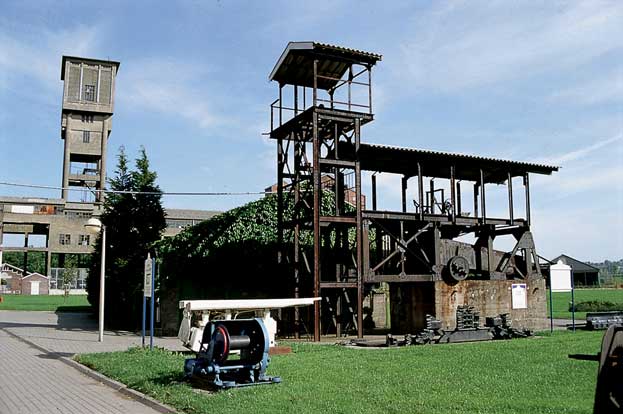Major Mining Sites of Wallonia, the four sites of the property form a strip 170 km long by 3–15 km wide, crossing Belgium from east to west, consisting of the best-preserved 19th- and 20th-century coal-mining sites of the country. It features examples of the utopian architecture from the early periods of the industrial era in Europe within a highly integrated, industrial and urban ensemble, notably the Grand-Hornu colliery and workers' city designed by Bruno Renard in the first half of the 19th century. Bois-du-Luc includes numerous buildings erected from 1838 to 1909 and one of Europe's oldest collieries dating back to the late 17th century. While the Walloon region had hundreds of collieries, most have lost their infrastructure, while the four components of the listed site retain a high measure of integrity.

Continent: Europe
Country: Belgium
Category: Cultural
Criterion: (II)(IV)
Date of Inscription: 2012
Four mining sites
The Grand-Hornu, Bois-du-Luc, Bois du Cazier and Blegny-Mine sites represent the best preserved places of coal mining in Belgium, from the early 19th to the second half of the 20th centuries. The Walloon Coal Basin is one of the oldest, and most emblematic of the industrial revolution, on the European continent. The four sites include numerous technical and industrial remains, relating to both the surface and the underground coal mining industry, the industrial architecture associated with the mines, worker housing, mining town urban planning and the social and human values associated with their history, in particular the memory of the Bois du Cazier disaster (1956).
 |
| Major Mining Site of Wallonia |









No comments:
Post a Comment